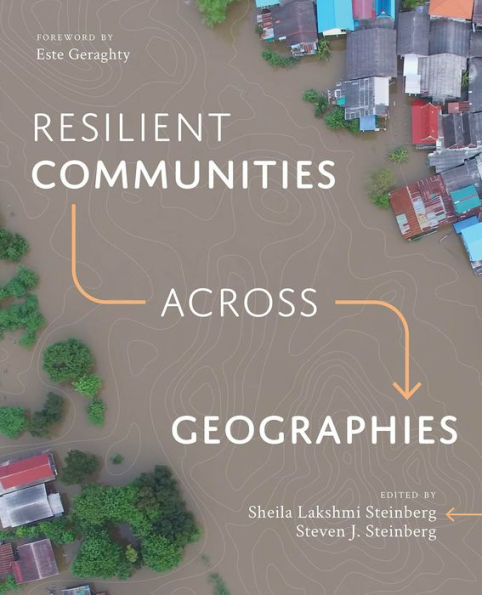5
1

Resilient Communities across Geographies
250
Resilient Communities across Geographies
250eBook
$31.49
$41.99
Save 25%
Current price is $31.49, Original price is $41.99. You Save 25%.
Related collections and offers
31.49
In Stock

Product Details
| ISBN-13: | 9781589484825 |
|---|---|
| Publisher: | Esri Press |
| Publication date: | 01/05/2021 |
| Sold by: | Barnes & Noble |
| Format: | eBook |
| Pages: | 250 |
| File size: | 31 MB |
| Note: | This product may take a few minutes to download. |
About the Author
From the B&N Reads Blog
